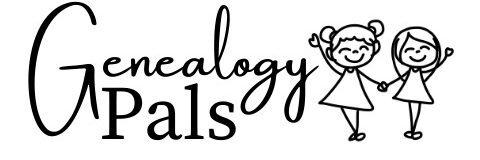Most people likely associate themselves with their country and ethnicity since they have shaped who they are as a person. Getting a DNA test and seeing that they are 1% Chinese or Russian can be a bizarre experience. So, how many generations back is 1%?
If a DNA test shows there is 1% of ethnicity, then that DNA entered the family tree around 7-8 generations into the past. Each DNA sequence is associated with a certain ethnicity. Any shared DNA with this ethnicity is cut in half with each generation.
Investigating personal DNA is a fantastic way to discover more about ourselves and our heritage. DNA testing has become more accessible than ever with home tool kits and sites like Ancestry that give us a detailed explanation of our results.
Read below to answer any questions about how DNA works and how percentages change across generations work.
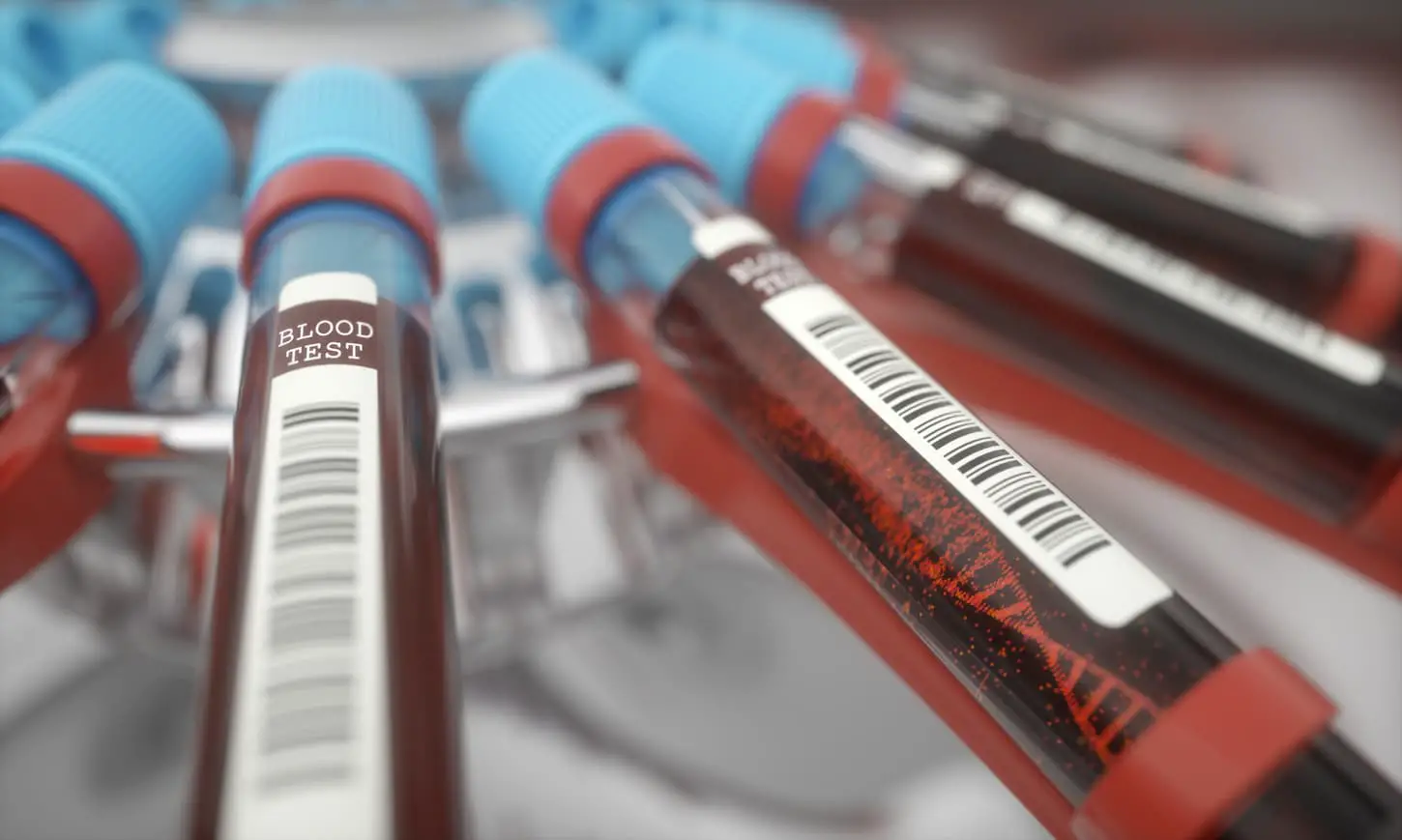
How Are Ethnicity Percentages Determined?
If a mother who is a legal British citizen is born from a British and an Irish parent, and the father was born from a Dutch and a German parent, this means you aren’t 50% Dutch and 50% British, but 25% Dutch, 25% British, 25% Irish, and 25% German.
DNA is inherited from the mother and father at birth. For example, If the parents happen to be Dutch and British, that won’t necessarily mean that they are 50% Dutch and 50% British. In the same way that a child inherits 50% from both parents, this mechanism will produce their unique DNA.
The hypothetical situation we just illustrated isn’t what always happens in reality. DNA inheritance has an element of randomness, which becomes more pronounced the further back we go into generations.
It is guaranteed for a person to receive 50% from both parents, but how much is received from the grandparents and ancestors further down is not precisely divided into two.
The four building blocks of DNA, adenine (A), cytosine (C), guanine (G), and thymine (T), are passed on randomly. Some can appear in multiple children across many generations, while others disappear altogether.
Technically, it’s possible for someone to have a great-grandparent who is French and end up with results showing that they are ethnically 50% French.
However, this is statistically very unlikely. In this scenario, the results can vary from 50% to 1% or even 0% connection to a great-grandparent’s ethnicity.
No matter the exact percentage, the way the ethnicity splits with every generation can produce the sometimes strange results of seeing unexpected ethnicities appear in our DNA testing results.
Oh, and an important note/caveat: DNA tests don’t prove ethnicity, it’s a correlation based on available genetic material. There’s a whole article about that, so read it next: Can a Blood Test Show Ethnicity? The Science Explained.
How Many Generations Does Ancestry DNA Go Back?
Ancestry DNA can go back between 150 – 250 years. DNA inheritance is random, which means there isn’t a limit on how far back DNA can be traced. How far back a family tree can be traced depends on the DNA test taken.
AncestryDNA is one of the most popular DNA testing companies, along with 23andMe and MyHeritage. They all use autosomal tests, which go back between 6 and 8 generations. Depending on how many years each generation is calculated, they have between 150 and 250 years of DNA information.
MtDNA and YDNA tests are alternatives that can be looked into if interested in the discovery of the ancient origins of a family. Those tests can give information on any ancestor’s heritage, from which countries they came from, and can connect us with people who share a common relative.
Mitochondrial DNA (mtDNA) in particular is exciting because it can take research the farthest back to an ancestor. Mitochondrial DNA can be researched consistently because we have mtDNA in nearly all cells, which mutates very slowly.
Furthermore, other types of testing, such as Y-DNA testing, are limited because only males have Y-DNA.
MtDNA testing is genuinely fascinating because it can give us information about our oldest ancestors, going back in time as far as 100,000 to 200,000 years. The setback is that the genetic connection can be relatively thin, which doesn’t give us much information.
There are more precise MtDNA tests. For example, Family Tree DNA tests can provide clues that have a 50% chance of correctly pointing out that someone shared a maternal ancestor in the past, 125, 700, or 1,300 years. That’s nearly 52 generations back into the past!
DNA testing is a field that is rapidly evolving and offering new opportunities for a person to explore their origins even further back in history.
There’s a ton of research and effort being put into the field, which is very promising for the future for the accuracy and information that is received out of DNA testing!
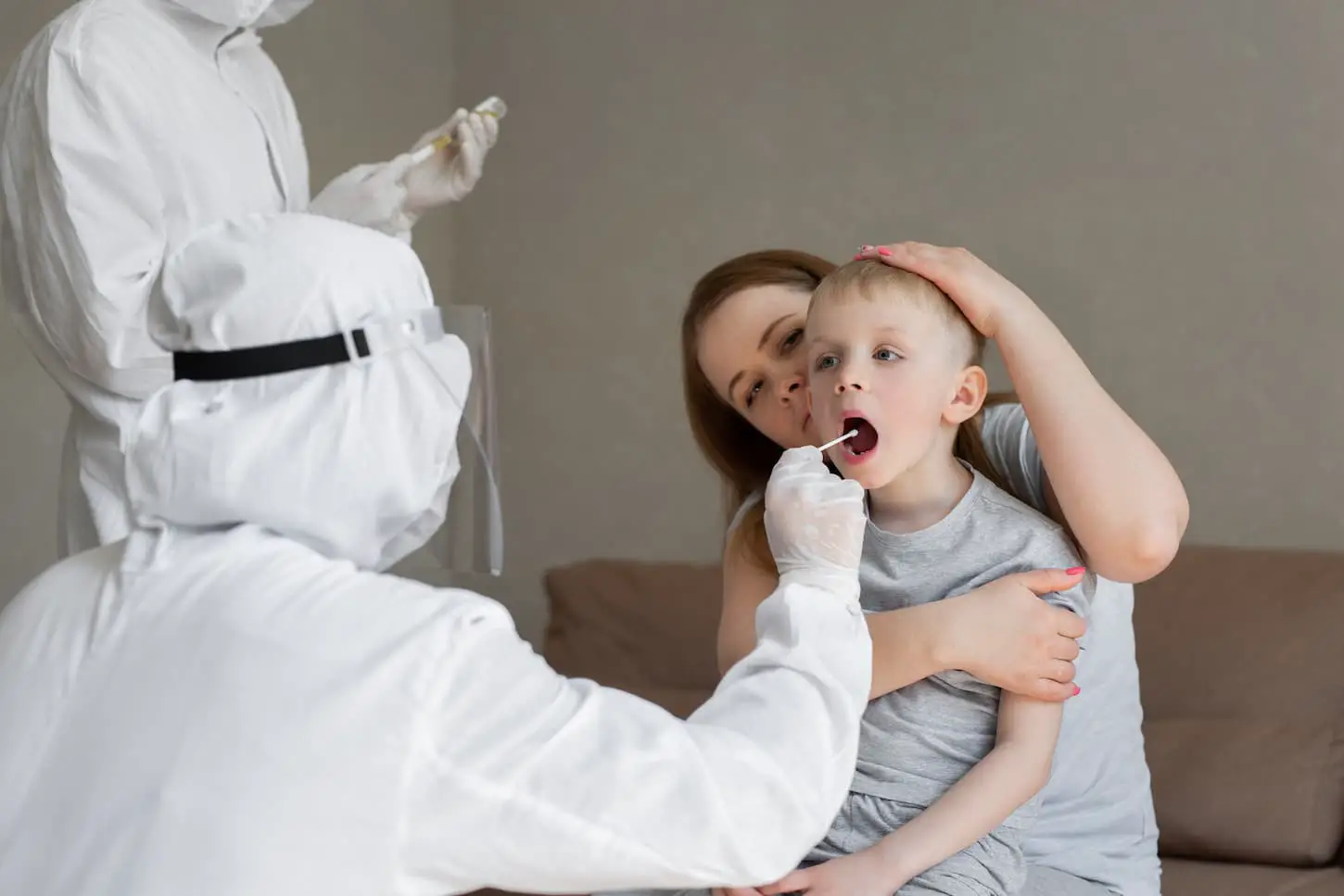
What Percentage of DNA Is Significant?
More than 5% is generally when DNA testing companies and countries recognize a significant DNA connection. This means 5-6 generations of a gap is when we are no longer meaningfully connected to somebody by DNA.
All humans are related, but establishing a meaningful connection to another person may require a percentage threshold to be passed.
According to the way ethnicity and DNA connections tend to half across generations, the further we go back, the less chance we have for DNA matches or for them to be significant enough.
In more practical terms, a connection to a first cousin (12.5%) or a first cousin removed (6.25%) is significant, but a relation to a second cousin (3.13%) and a third cousin (0.78%) isn’t.
This distinction relates to governmental laws that in many cases forbid someone to marry their first cousin and advise them to be at least a second cousin because the close genetic connection may lead to problems for the children they have.
Being distant cousins doesn’t mean that someone is not family – many cousins have grown together and have formed strong bonds. At the end of the day, DNA is a metric for us to see who’s genetically related, but it doesn’t define who we consider family.
What Percent DNA Do Siblings Share?
We share approximately 50% of our DNA with our siblings, and if we happen to have an identical twin, that number would be 100%. Our nieces and nephews are considered “half-siblings” because, with them, we share approximately half of what we’d share with an actual sibling, or around 25%.
The word “approximate” is often used because nothing in DNA sequences and connections is exact. Both ourselves and our siblings both inherit 50% from each of our parents, but precisely which genes we happen to inherit is a lottery that is out of our control.
And even then, there are all sorts of DNA jumps that mess with our perfect percentages, meaning that we could only share 49% of DNA with siblings instead of 50%.
How Many Generations Back Is 1% DNA?
On average, having 1% of a certain ethnicity means a person carrying the DNA of this ethnicity has entered the family tree about seven generations back or more.
If we keep in mind that the percentage of DNA that we share halves with each generation, our parents are responsible for 50% of our DNA, 25% of which will be our grandparents, 12.5% our great grandparents, and so on.
If you want the chart explaining the math, we’ve got it here for you: How Do Family Trees Work with Cousins?
Or if you just want to see it, here you go.
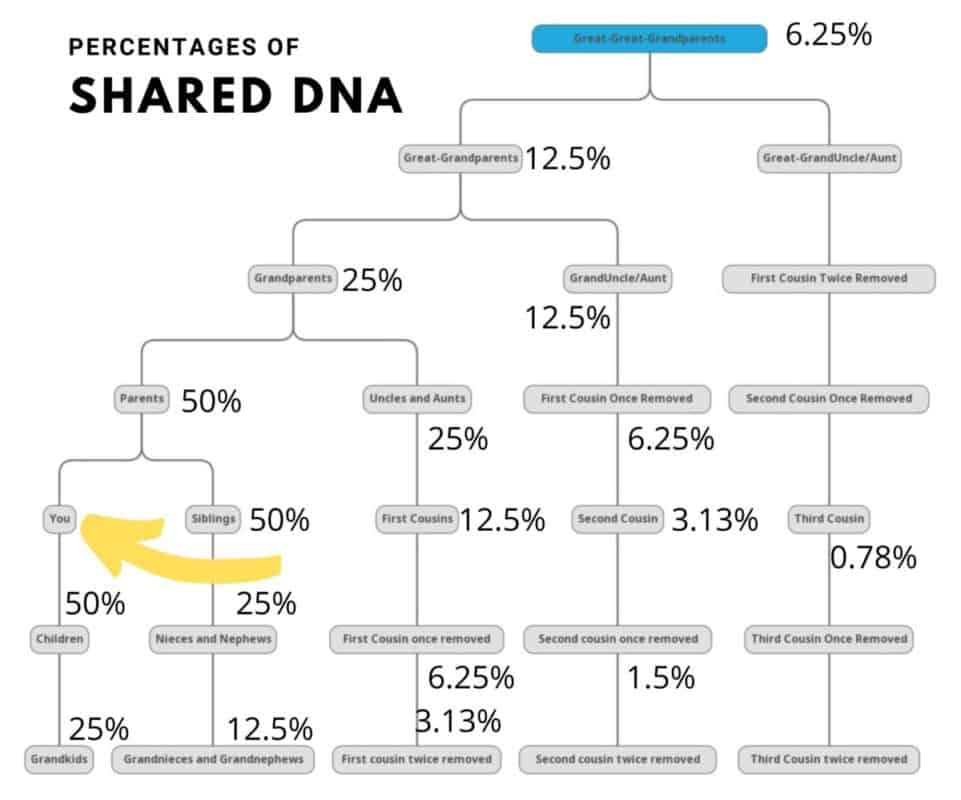
How Many Generations Back Is 2% DNA?
Using the principle of shared DNA halving across generations, 2% would be approximately 5 or 6 generations across history. This means one of the 4x great-grandparents was of a very different ethnicity compared to the rest of the bloodline.
Again, that’s a statistical average. Math is fun, isn’t it?
DNA 101 And How Family Tracking Works
We have been talking so much about DNA that by now you are probably curious to learn how it works.
What is DNA?
DNA is short for deoxyribonucleic acid, which is formed by two intertwined chains to create a double helix cell. Each chain is full of molecules with the necessary instructions to keep the body alive by allowing it to grow, develop, repair itself and reproduce.
The two chains are, in turn, made of four building blocks: adenine (A), cytosine (C), guanine (G), and thymine (T). The blocks are connected in a unique pattern, which can be seen in every cell of the body.
How does DNA tracking work?
Modern DNA tracking works by comparing someone’s DNA with that of other samples. The sample taken shows their unique sequence of adenine (A), cytosine (C), guanine (G), and thymine (T). Once the unique DNA sequence has entered the database, it’s compared with everyone else.
The more similar a chain of DNA is to somebody else’s, the stronger the genetic connection between the two. Usually, DNA testing companies have multiple databases, so they give the best possible estimate about the connection to others.
One of the databases holds records, which allow a person to trace their family roots manually. Other databases are clusters of DNA chains that have gathered information on everybody who has completed a DNA test, both from this company and sometimes from other commercial companies.
Although companies allow you to find relatives, a lot of people use DNA tests to get an ethnicity estimate. No matter why you initially get a DNA test, though, it is always exciting to learn how a family may be connected to other close or remote regions in the world.
FAQ
Now that we’ve either totally confused you or answered a bunch of your questions, let’s make sure we’ve got all of your questions answered. And if you don’t see your question? Use our contact us page to ask us. We’ll try to answer you directly and/or update this article so you get your answers.
How far back are seven generations?
Assuming there is a 1% ethnicity match on a DNA test, this means an individual is related to somebody who lived seven generations back in history or around 105 to 245 years, depending on which generation definition is used.
Generations can be defined as the sum of people of about the same age who lived in society during a certain period. The period is the span between the birth of the parents and the birth of their children. How many years a generation has is where it gets confusing.
There is no universally agreed-upon definition, and many factors can influence the extent of a generation, which means they can range from 15, 20, 25, 30, and even 35 years.
You can read more about generations in our posts on it here:
How far back are ten generations?
Generations can range between 15 to 35 years, so ten generations back in history would be 150 to 350 years.
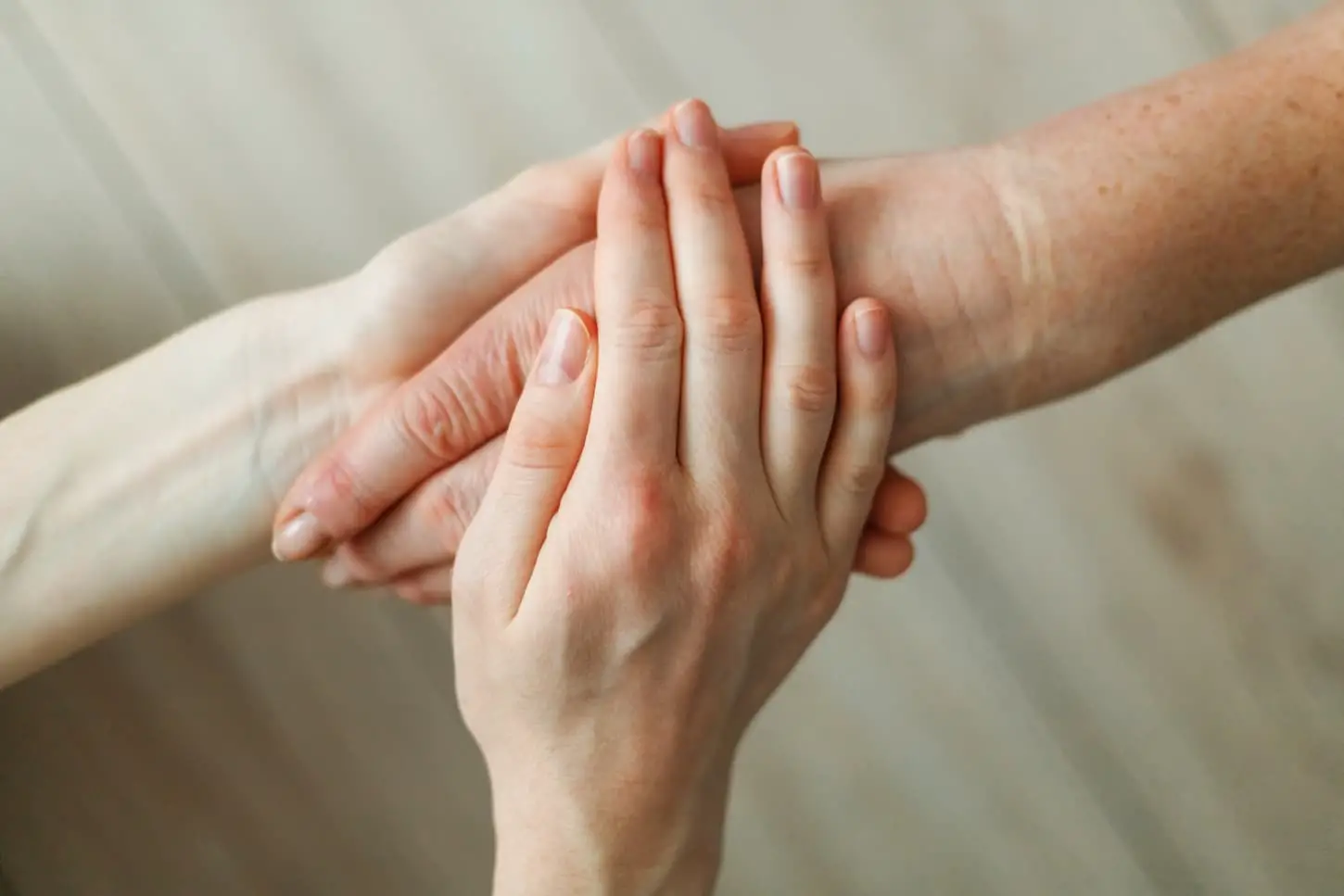
Key Takeaways And Next Steps
The DNA we share with our ancestors is roughly cut in half with each generation. Receiving a “rogue” DNA test result where there is a 1-2% match with a foreign ethnicity means that they most likely have entered our bloodline 7 generations into the past.
Exploring how DNA connects us to others and helps us understand ourselves is a fascinating, but sometimes confusing topic. If you want to read further, you can check out our in-depth explanation of when you stop being related to somebody and how family trees with cousins work.
Resources
When learning about genealogy, it’s important to learn from various reputable sources. These are the sources used in this article and our research to be more informed as genealogists.
- “AncestrySupport.” Ancestry.Com, support.ancestry.com/s/article/Unexpected-Ethnicity-Results?language=en_US. Accessed 13 Mar. 2022.
- “How Many Generations Does DNA Go Back.” Smarter Hobby, 17 Nov. 2021, www.smarterhobby.com/genealogy/how-many-generations-does-dna-go-back/.
- “Security Check.” 23AndMe, customercare.23andme.com/hc/en-us/articles/212170958-DNA-Relatives-Detecting-Relatives-and-Predicting-Relationships. Accessed 13 Mar. 2022.
- Smith, David. “How Many Generations Back Is 1%.” Genomes Unzipped, 17 Dec. 2020, genomesunzipped.org/how-many-generations-back-is-1.
- Wetsman, Nicole. “Siblings Can Have Surprisingly Different DNA Ancestry. Here’s Why.” Science, 3 May 2021, www.nationalgeographic.com/science/article/dna-ancestry-test-siblings-different-results-genetics-science.
